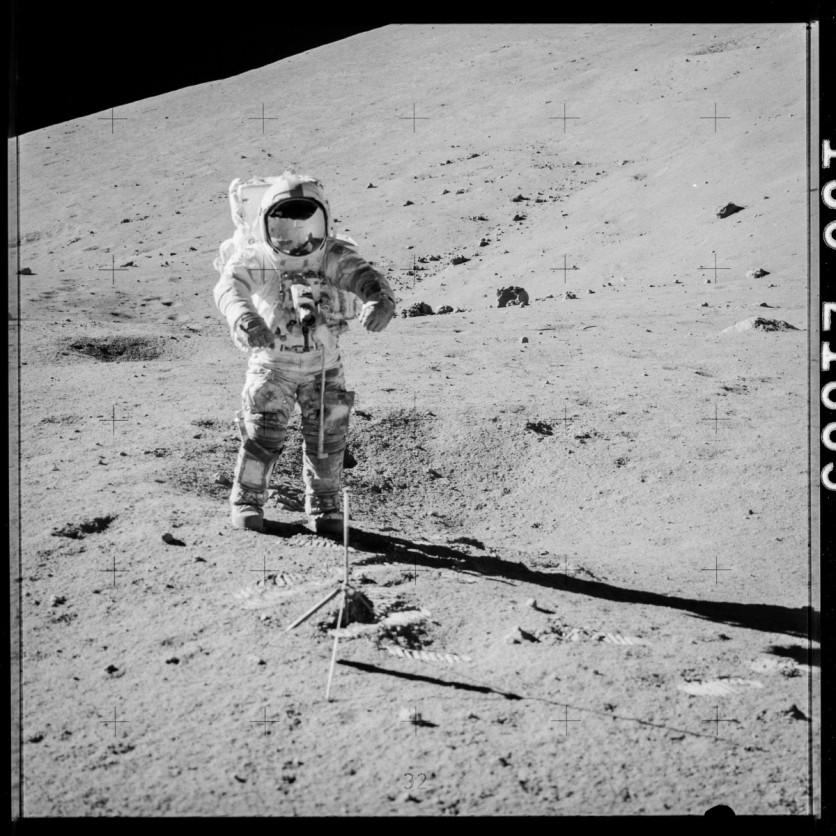The European Space Agency (ESA) will open an untouched Apollo 17 moon soil container for nearly 50 years, allowing the retrieval of precious lunar gases that may have also been preserved in the said sample.

The Gas Extraction Experiment
As part of the ANGSA program, the Apollo Next-Generation Sample Analysis (ANGSA) experiment will analyze pristine moon samples returned to Earth from the Apollo missions.
For this program, the European Space Agency will be involved in opening lunar soil.
A study of the gaseous volatiles on the moon will allow scientists to understand the lunar geology better and help engineers design more effective sampling tools and techniques for future lunar or Martian missions.
"The opening and analyses of these samples now, with the technical advancements achieved since the Apollo era, can enable new scientific discoveries on the moon," says Francesca McDonald, science and project lead of ESA's contribution to ANGSA.
McDonald also hopes that the new scientific discoveries brought by the samples will inspire generations of space explorers.
The ESA's piercing tool, which has been jokingly dubbed the "Apollo can opener" among team members, punctures the moon sample container to help capture trapped gases as they escape.
By using an extraction manifold designed by a Washington University team in Saint-Louis, U.S, the fragile gases from the Apollo 17 sample are collected in dedicated canisters.
A wide range of laboratories around the world, including Europe, will handle the sample canisters for more detailed studies.
McDonald explained that the analysis of each gas component could provide insight into the origin and evolution of volatiles existing on the moon and within the early Solar System.
The Sample From Apollo 17
Apollo 17 astronaut Gene Cernan extracted the lunar soil sample from a landslide deposit that cascaded into the Taurus-Littrow Valley in 1972. The astronaut pounded a cylindrical tube 70 cm long into the surface to extract the lunar soil sample.
Scientists believe that loosely bound gases, such as helium, hydrogen, and noble gases may be present in the lower half of this core sample. After returning to Earth, the container was placed in an additional vacuum chamber. It sat undisturbed until now.
By using the piercing tool, it is possible to access the gases. McDonald and the rest of the team are eager to determine how well the vacuum container preserved the sample and the gases.
In particular, the international effort can aid in developing new sample return containers and protocols for samples that contain water ice, such as those from polar locations on the moon and future samples from Mars.
Future missions to the moon, such as NASA's Artemis and ESA's Prospect, can benefit from the lessons learned through the ANGSA program.
In partnership with NASA, the Mars Sample Return program aims to return samples from Mars to Earth. These new approaches can also further the exploration of the Red Planet.
Related Article : NASA, ESA to Spearhead New Missions to Venus | Tech Times
This article is owned by Tech Times
Written by Thea Felicity
![Apple Watch Series 10 [GPS 42mm]](https://d.techtimes.com/en/full/453899/apple-watch-series-10-gps-42mm.jpg?w=184&h=103&f=9fb3c2ea2db928c663d1d2eadbcb3e52)



